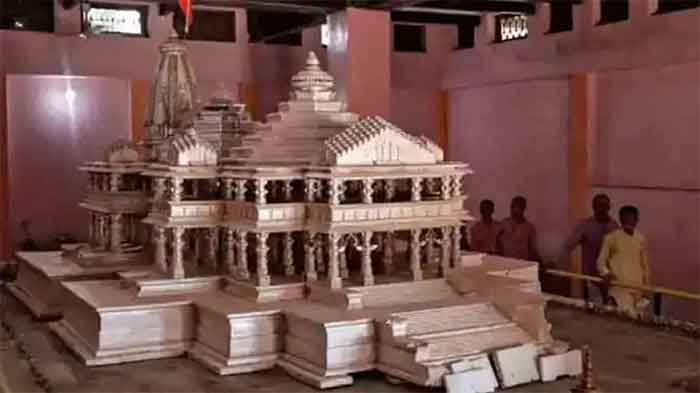Chennai, Feb 23: Tamil superstar Rajinikanth today praised his contemporary and Makkal Neethi Mayyam (MNM) founder Kamal Haasan, saying the "efficient" star would earn people's confidence.
Responding to Haasan launching his political party MNM at Madurai on Wednesday, Rajinikanth, who is also set to take the political plunge, said though he and Haasan would be taking different paths, their destination would be only public welfare.
"Though, all (of us) tread different paths, what matters is public welfare," he told reporters here.
Asked about his opinion on the MNM, Rajinikanth said Haasan was an "efficient" person.
"Kamal is efficient. He will earn people's confidence," he said.
The February 21 launch of Haasan's party was "very nice," and was well organised, he said, adding that he had already wished the 'Vishwaroopam' star on his political journey but has once again extended his greetings after the launch of the MNM.
While Haasan launched his party Makkal Neethi Mayyam on Wednesday, Rajinikanth had announced in December last year that he will enter politics.
Haasan had yesterday written in a Tamil weekly that he had earlier held a "secret" meeting with Rajinikanth to inform about his decision to enter politics.
The duo had then decided that even if they were in opposing camps, the respect for each other should be maintained.
On Sunday, days ahead of the launch of his political party, Haasan had met Rajinikanth and held discussions, and later met DMK President M Karunanidhi.
Meanwhile, responding to a question today, Rajinikanth welcomed the all-party meeting convened by the Tamil Nadu government yesterday to discuss the Cauvery issue.
The meeting, chaired by Chief Minister K Palaniswami, was attended by DMK Working President and state Leader of Opposition M K Stalin, among others.
The meeting had decided that an all-party delegation will meet Prime Minister Narendra Modi, urging him to set up the Cauvery Management Board and Cauvery Water Regulatory Authority as per the apex court's order to set up the bodies within six weeks.
The all-party meeting was held days after the Supreme Court reduced the quantum of Cauvery water to Tamil Nadu by 14.75 tmcft.






Comments
Add new comment